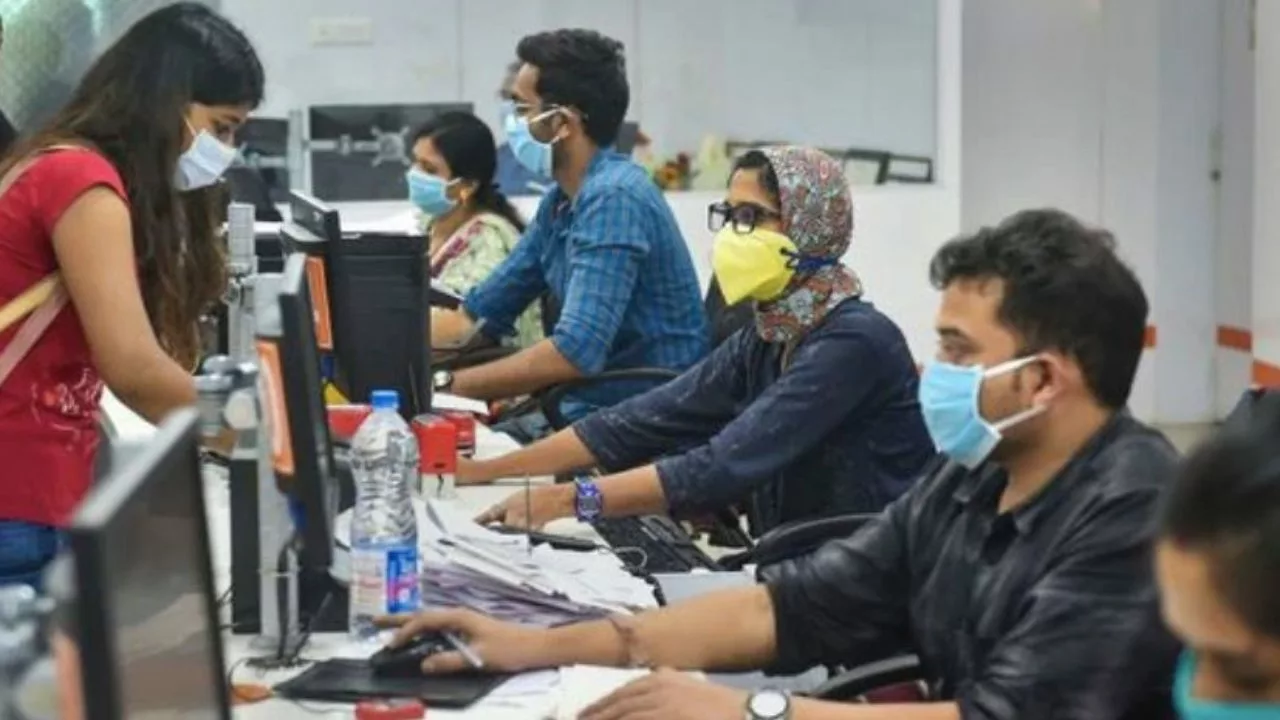How are vacancies filled in Indian government jobs?
 Jul, 20 2023
Jul, 20 2023
Understanding the Recruitment Process in Indian Government Jobs
The process of filling vacancies in Indian government jobs is a systematic and well-structured procedure that ensures transparency, fairness, and opportunities for all eligible citizens. The process starts with the identification of vacancies in various departments. This includes both newly created positions and vacancies that result from retirements, transfers, or promotions. The concerned departments then send a requisition to the recruitment agencies, such as the Union Public Service Commission (UPSC), the Staff Selection Commission (SSC), or the respective State Public Service Commissions, detailing the job profiles and the number of vacancies to be filled.
Public Announcement of Vacancies
Once the requisition is received, the recruitment agencies make a public announcement about the vacancies. This is usually done through advertisements in newspapers, job portals, and the official websites of the concerned recruitment agencies. The advertisement contains all the necessary details about the vacancies such as the job profile, qualifications required, age limit, application procedure, selection process, and other relevant information. It's important for job seekers to regularly check these sources to stay updated about the latest government job vacancies.
The Application Process
The next step in the process is the application. Eligible and interested candidates can apply for the vacancies through the specified mode, which is generally online. The application form requires candidates to provide their personal details, educational qualifications, and other necessary information. There may also be a required fee for the application, which can usually be paid online. The application process is very crucial and candidates must ensure that they fill in their details accurately to avoid any discrepancies in the future.
Written Examination and Interview
After the application process, the candidates have to go through a selection process, which usually involves a written examination and sometimes, an interview. The written examination is used to assess the knowledge and aptitude of the candidates. It usually consists of objective-type questions related to general knowledge, reasoning, quantitative aptitude, and subject-specific knowledge. Candidates who qualify the written examination are then called for the interview round. The interview is a personal interaction with the candidate and is used to assess their personality, communication skills, and suitability for the job.
Final Selection and Training
The final selection is based on the combined scores of the written examination and the interview. The candidates who score the highest are selected for the vacancies. After the final selection, the candidates may have to undergo a period of training. The training period varies depending on the job profile and is designed to equip the candidates with the necessary skills and knowledge required for the job. After successful completion of the training, the candidates are formally appointed to their respective posts.
Reservations and Quotas
The Indian government has a system of reservations and quotas for certain sections of the society, such as the Scheduled Castes (SC), Scheduled Tribes (ST), Other Backward Classes (OBC), and persons with disabilities. This is to ensure social justice and equal opportunities for all citizens. These reservations are applied at all stages of the recruitment process, from application to final selection. The reserved categories are provided certain relaxations such as lower application fees, relaxation in age limit, and lower cut-off marks in the written examination.